Reproduction occurs when an organism (living thing) makes a copy of DNA and produces an offspring. All living things on Earth are a process of reproduction.
To better understand the reproduction of living things…
LET’S BREAK IT DOWN!
There are two types of reproduction.
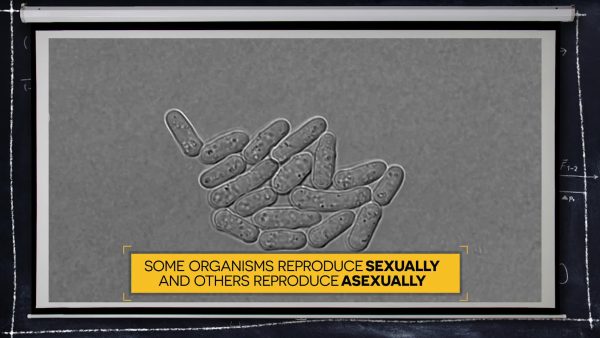
The two main types of reproduction are asexual reproduction and sexual reproduction. In asexual reproduction, an organism passes a copy of all of its DNA to its offspring, creating a genetically identical individual. In sexual reproduction, two parents each contribute a copy of half of their DNA. Those copies are recombined in the offspring to create a genetically unique individual.
Different versions of genes affect the traits that are produced.
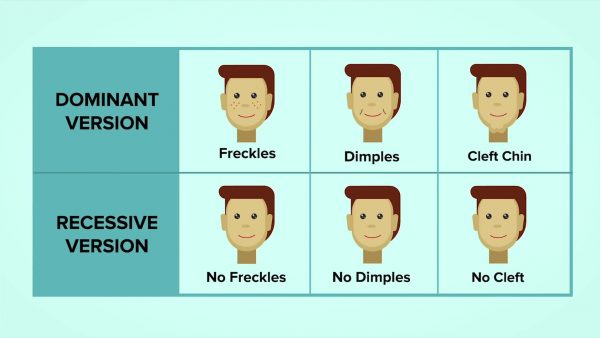
Genes are sections of DNA that control our traits, like our eye color or height. Genes often have different versions, which are called alleles. Alleles can be dominant (need only one copy of that version to produce a trait) or recessive (need two copies to produce a trait).
The probability of showing traits can be predicted.

In sexual reproduction, half of an offspring’s DNA comes from one parent, and half comes from the other parent. If you know what versions of a gene the parents have for a certain trait, such as curly hair, you can predict the odds of the version of the trait their offspring will have. For instance, if both parents give a dominant allele of a gene to their offspring, the offspring has a 100% chance of showing the dominant form of the trait for that gene.
Living things go to great lengths to increase their chances of reproducing.
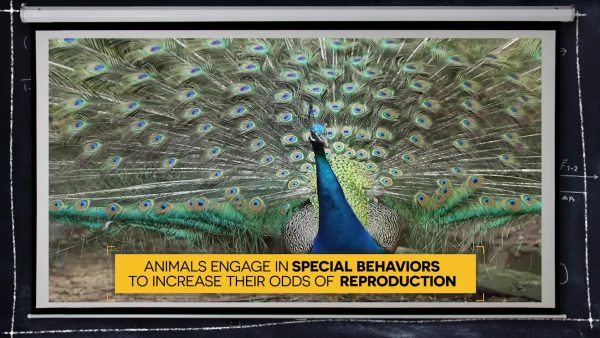
The ultimate goal of reproduction is to pass genes on to offspring, so living things work hard to increase their chances! Some living things use behavioral strategies, which are actions they choose to perform. A frog croaking a mating call, a bird building a nest, and a pufferfish making a pattern in the sand are all examples of behavioral strategies. Structural strategies are features an organism has, such as the colorful petals of a flower, the pouch of a kangaroo, or the light-weight seeds of a dandelion.
Scientists called geneticists study genes.
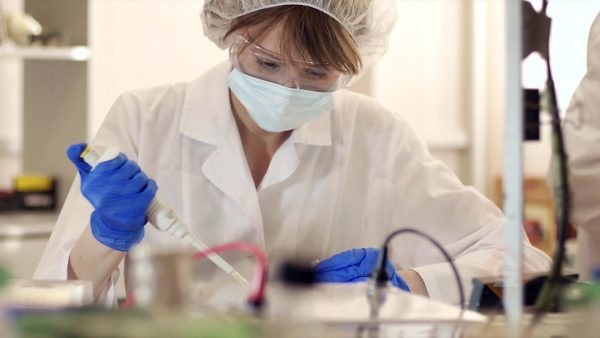
Geneticists are scientists who study many different aspects of genes. Some geneticists study how genes are passed down, or inherited, from parents to offspring. Others research how different versions of genes produce traits and why different versions might be dominant or recessive.

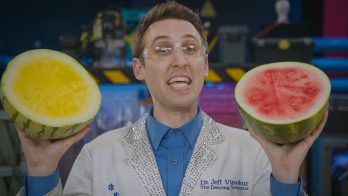








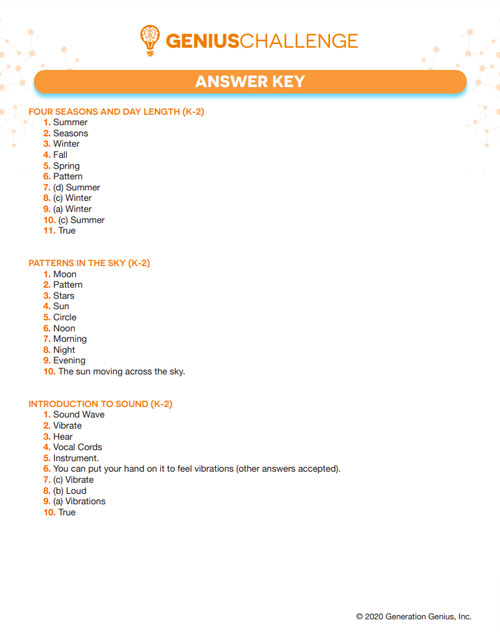























































































































 Select a Google Form
Select a Google Form









